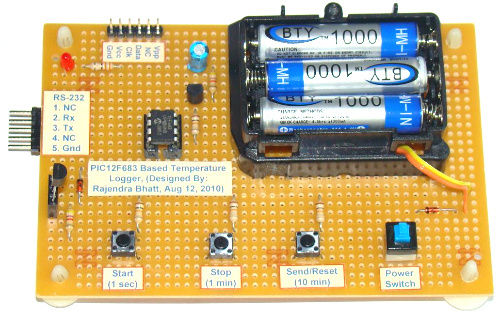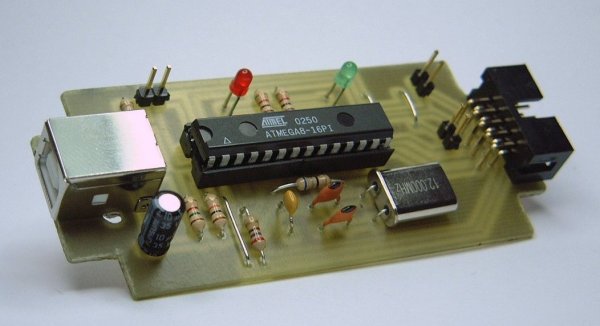Lab 2: Basic digital input and output

Description Today we will learn how to read digital inputs from a push button switch. A digital input has only two values: 1 and 0. The configuration of the push button switch is same as that of the reset switch except it goes to a different port pin. The status of the switch will be read through RC1 and every time when it is pressed, an LED connected to RC0 will be toggled ON and OFF. Required Theory You must be familiar with the digital I/O ports of PIC16F688 and their direction settings. If you are not, read Digital I/O
Read more


